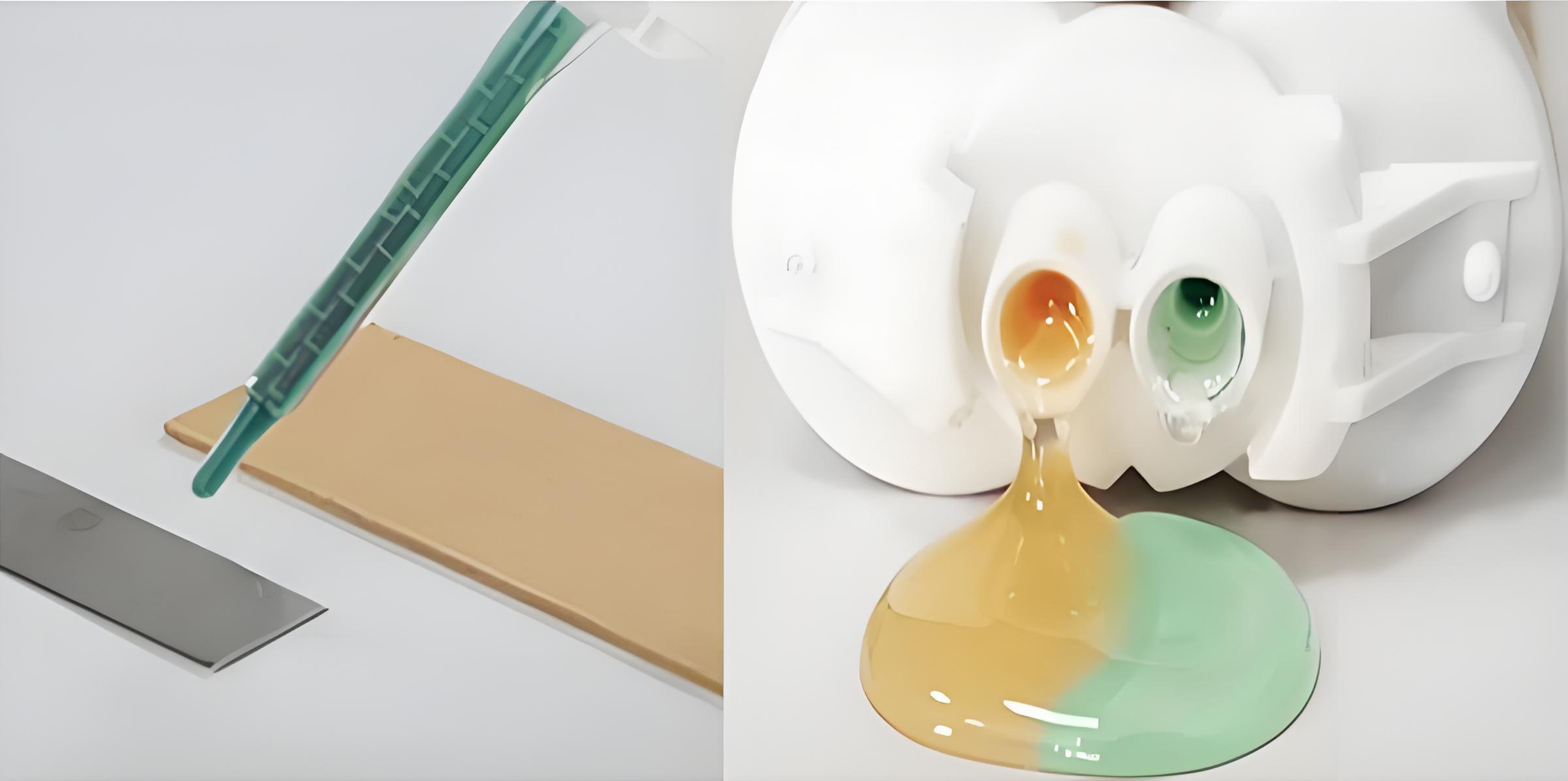Polyurethane structural adhesive VS silicone sealant: performance characteristics and application scope
Polyurethane sealants and silicone sealants are both widely used sealing materials in construction, transportation and other fields. They have different characteristics and applicable environments, so it is necessary to fully understand their properties to meet the actual needs when selecting and using them. Shanghai Hinnel New Materials Technology Co., Ltd. introduces the differences between the two structural adhesives to help you better understand and choose the right materials.
Shanghai Hinnel
2025/05/27

I. Chemical Composition and Curing Form
Polyurethane Structural Adhesive Polyurethane structural adhesive is an adhesive containing isocyanate groups. It cures by moisture absorption, meaning it requires moisture from the air to participate in the reaction. Silicone structural adhesive, on the other hand, is an adhesive containing silane groups. It cures upon contact with moisture in the air, forming a tough, rubber-like solid material.
II. Product Performance Characteristics
1. Polyurethane Structural Adhesive
Polyurethane structural adhesive has high tensile strength and tear strength, as well as excellent low-temperature performance. Even at high hardness, it still exhibits high elasticity. At room temperature, polyurethane structural adhesive has good oil resistance, as well as good resistance to oxygen, ozone, and ultraviolet radiation.
2. Silicone Structural Adhesive
Silicone structural adhesive maintains excellent bonding performance even in high-temperature environments. It also has excellent water resistance and weather resistance, and is favored by users for its excellent chemical corrosion resistance and high tensile strength.

III. Application Range
Polyurethane Structural Adhesive: Due to its high bonding strength and good elasticity, polyurethane structural adhesive is widely used in building structures, automotive bodies, and aerospace. For example, in building structures, it can be used to bond prefabricated concrete slabs, providing strong structural connections and impact resistance.
Silicone Structural Adhesive: Mainly used for structural bonding assembly in building curtain walls, such as bonding glass and metal materials. It has excellent bonding properties, aging stability, and high modulus performance, and can also bear a certain amount of interface displacement.
In summary, polyurethane structural adhesive and silicone structural adhesive each have their unique advantages and application scenarios. When choosing, it is necessary to consider the specific situation comprehensively. With the advancement of technology and the ever-changing market demands, these two types of structural adhesives will play an even more important role in the fields of construction, automobiles, and aerospace.
Related Articles: Applications and Performance Characteristics of Polyurethane Structural Adhesive
> Recommend reading
Why are lithium batteries sealed with organosilicon potting glue? What are the reasons?
Shanghai Hinnel
2025/07/17










